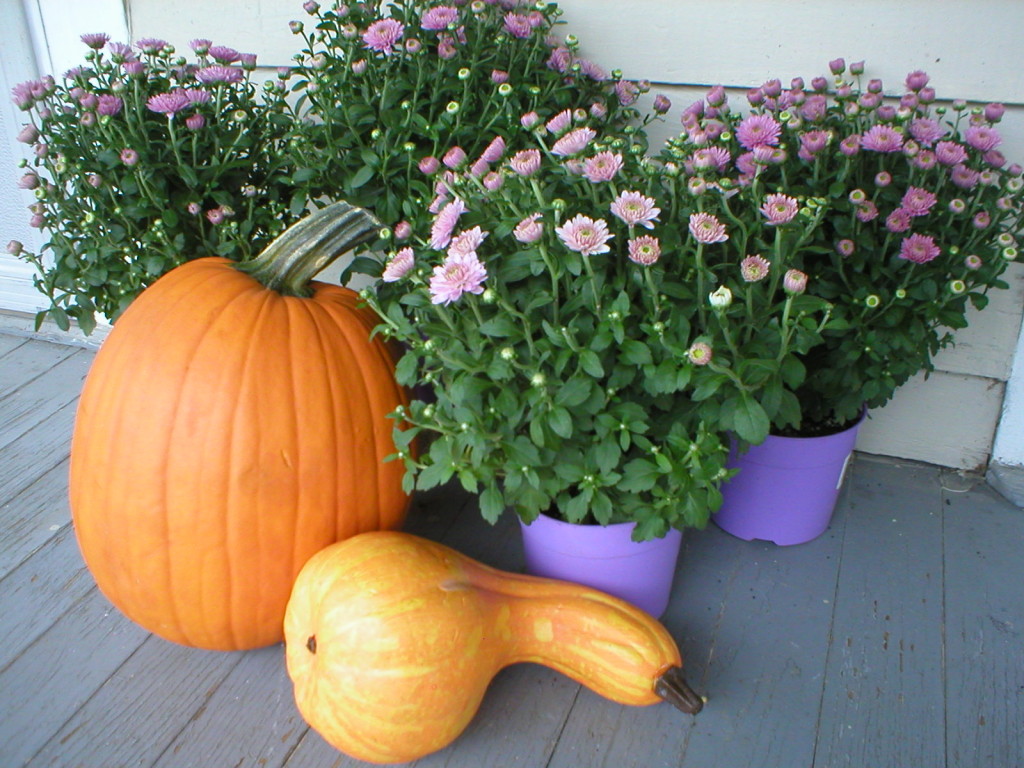Hello fellow readers,
Last week we spoke about how fall is a great time for planting most trees and shrubs. What about perennials asked Dorothy of Bangor? By and large I prefer spring for planting most new perennials. But if you can’t resist a bargain, fall can work just fine. In fact, like spring, the cooler weather is less stressful on plants and in the fall there’s less competition from weeds.
It goes without saying buy healthy plants. While plants are hard-wired to focus on their roots in the fall rather than foliage, I often cut back the top growth on new plants to further encourage root growth. Don’t fertilize either as it will inspire top growth taking energy away from the roots.
David of Morris Plains asked if fall is a good time to transplant or divide overgrown perennials. The rule of thumb is late summer and fall bloomers are best divided and transplanted in the spring. Spring and early summer flowering perennials in the fall (such as my desperate to be divided Siberian Iris above). Unlike plants you pay for though, I’ll push the envelope on the rule of thumb for free divided ones.
When growth is primarily on the outer edges of a plant or it doesn’t bloom as well as it used to, the roots are overcrowded and it’s time to divide.
Before dividing or transplanting, thoroughly water a day or two before. Dig around the entire clump at the drip line and lift the plant, soil and all, from the hole. If you are dividing, gently remove as much of the soil as you can. Separate the crowns by cutting them with a sharp knife or shovel blade into pieces that are at most 20 to 25 percent of the original clump. Smaller sections grow more vigorously and tend to produce stronger, longer-lasting blooms. Plus perennials multiply very quickly – one stem can quadruple itself each year! So the more divisions the less often you’ll have to divide.
Prepare the new planting spot prior to dividing or revive the old one by turning the soil at least 8-inches deep adding compost and aged manure. Whether transplanting or dividing, you should allow about 6 weeks before the first hard freeze and keep the soil consistently moist so plants can settle in. And stay clear of dividing or planting late bloomers such as asters, black-eyed Susan, ornamental grasses and mums. That’s right – Hardy Mums are hardly hardy if planted this late in the season.
Garden Dilemmas? askmarystone@gmail.com



